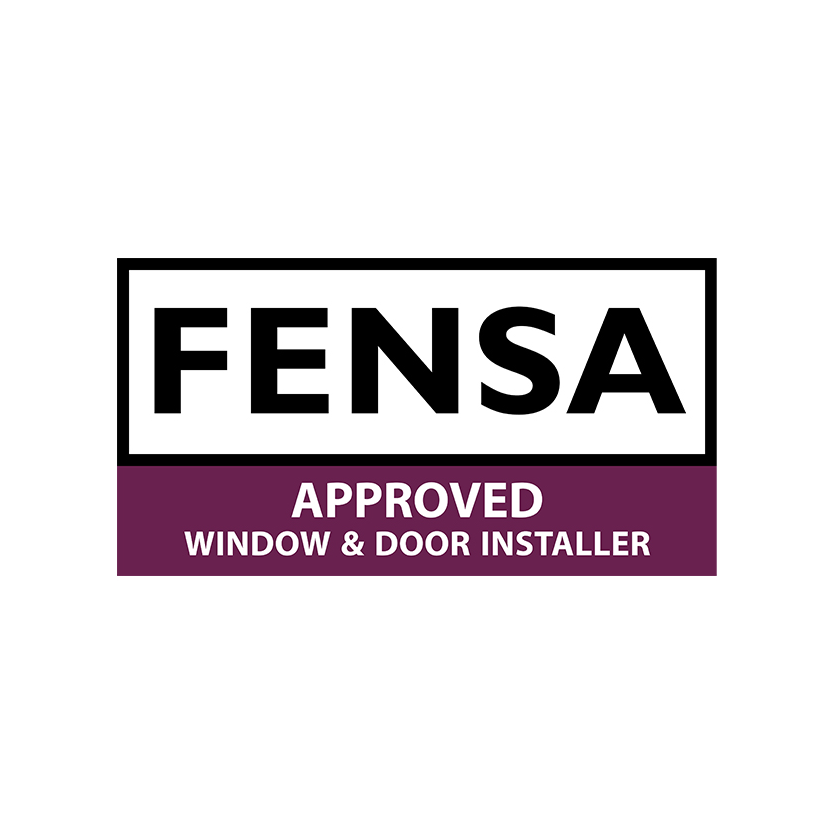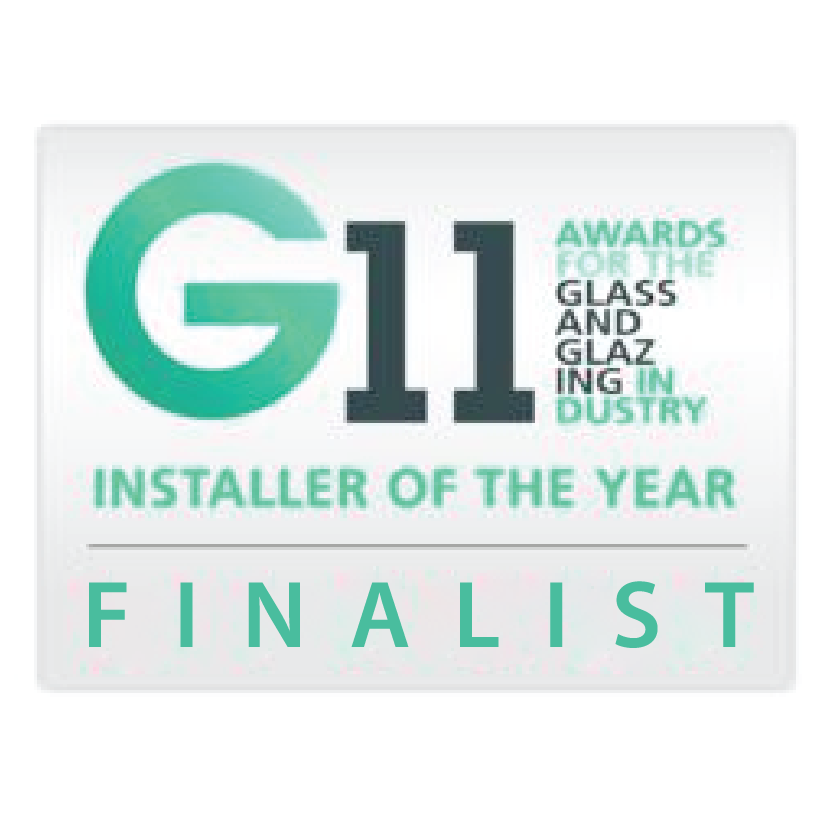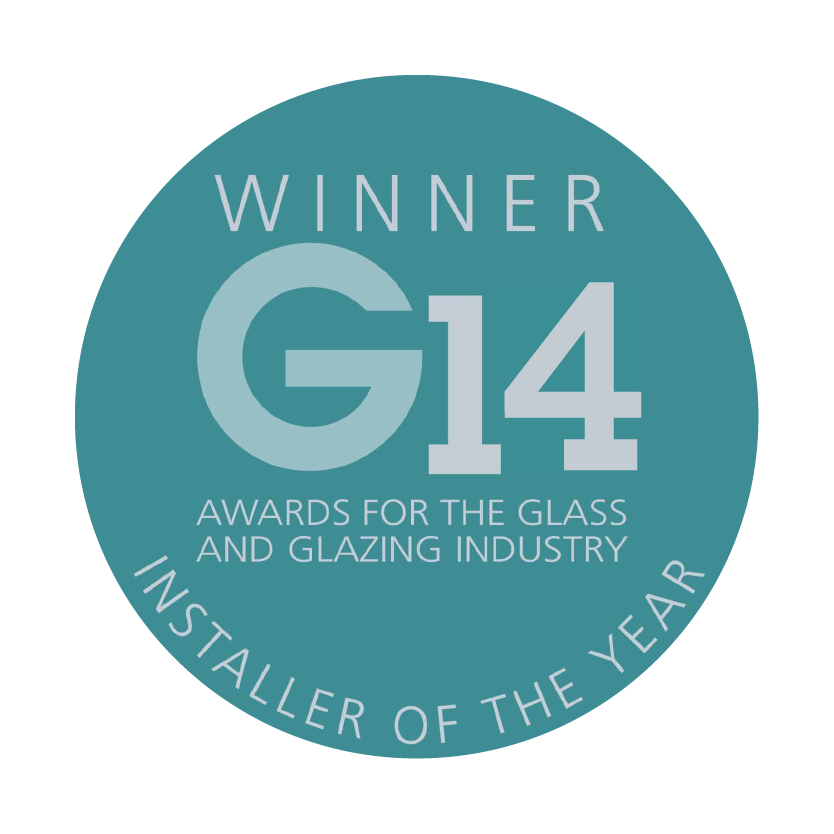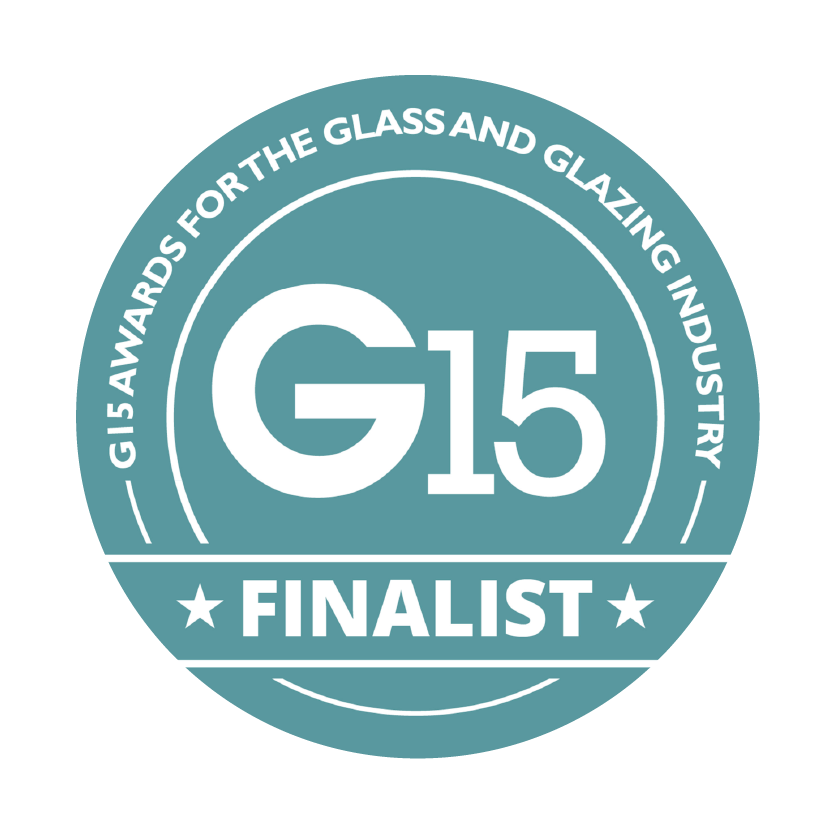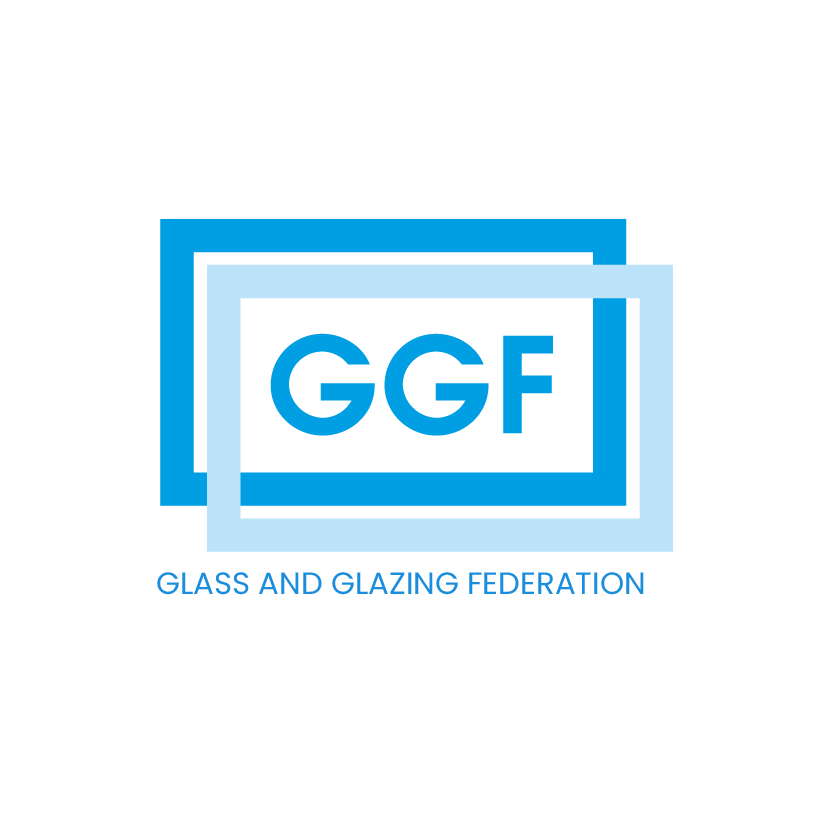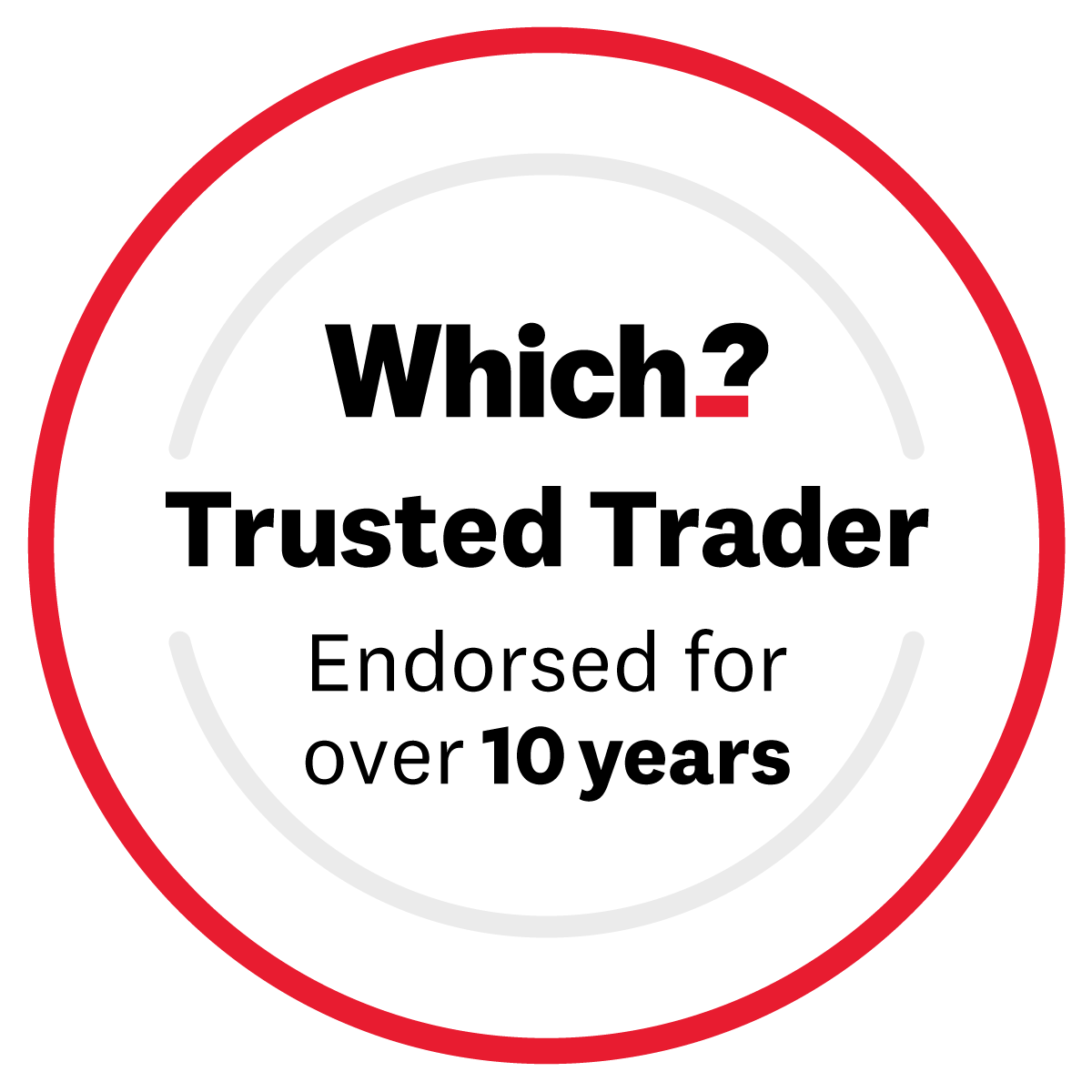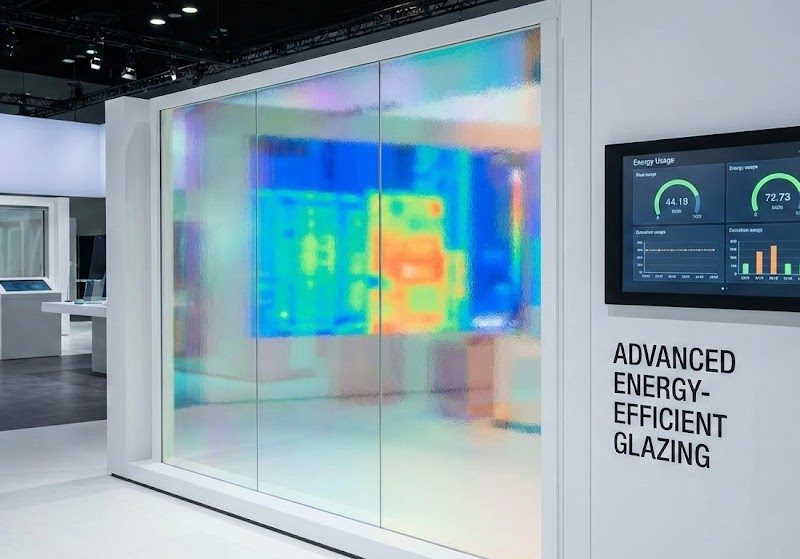
Timber - PVC - Aluminium - Windows, Doors & Conservatories in Hampshire
Triple Glazing: Is the 15-20% Extra Cost Worth the Investment?
Triple Glazing: Is the 15-20% Extra Cost Worth the Investment?
Category: Glazing Guide / Energy Efficiency
Reading Time: 10 Minutes
📌 Executive Summary
Triple glazing offers superior thermal performance (Whole Window U-values of 0.8-1.0) and eliminates cold spots. While it costs approximately 20% more than double glazing, it is essential for future-proofing your home against rising energy costs and stricter building regulations.
Is triple glazing really worth the extra money? It is the #1 question we get asked. With energy bills high and building regulations tightening, the promise of a warmer home is tempting.
But does the maths stack up? We have built two interactive tools below to help you calculate the cost and get a personalized recommendation instantly.
Table of Contents
1. Interactive Cost Estimator
Triple glazing typically costs around 20% more than double glazing. Use the slider to see how that impacts your budget.
*Estimates only based on market averages.
2. Tool: Is it Right for YOU?
There is no “one size fits all.” Tell us about your home, and our logic engine will give you an honest recommendation.
3. The Hard Data: Glass vs. Whole Window
When comparing quotes, it is vital to compare apples with apples. Manufacturers often quote the Centre-Pane U-value (U_g) because it looks better, but the Whole Window U-value (U_w)—which includes the frame—is what actually matters for your energy bills.
The Verdict: Even when accounting for the frame, KJM Triple Glazing is approx. 40% more efficient at stopping heat loss than standard A-rated double glazing.
For independent verification of energy savings, see the Energy Saving Trust guide to windows.
4. The “Cold Spot” Phenomenon
Why you feel cold at 21°C
Even in a warm room, if you sit near a cold surface (like a standard window), your body radiates heat towards it. This is called Radiant Heat Loss.
Triple glazing keeps the inner glass temperature much higher (approx 18°C vs 16°C). This eliminates the “cold spot,” meaning you can often turn your thermostat down by 1°C without losing comfort.
5. The Noise Myth
⚠️ Warning: Resonance
Many people buy triple glazing for soundproofing, but standard units (4mm-4mm-4mm) can actually amplify traffic drone due to resonance.
The Solution: If noise is your priority, ask for Acoustic Laminated Glass (asymmetric double glazing). It is often cheaper and more effective for noise than standard triple glazing.
📚 Explore Our Triple Glazing Knowledge Hub
This article is part of our comprehensive series on high-performance windows. To understand the science, costs, and comparisons in more detail, start here:
⭐ Real Reviews, Real Peace of Mind
Our reputation is built on over 700 independent reviews.
- Which? Trusted Traders: 4.9/5 (100% of customers recommend us)
- Google: 4.9/5 (from 250+ reviews)
- Checkatrade: 9.87/10 (from 360+ reviews)
“As a Commercial Construction Project Manager I cannot recommend highly enough the service and window installation that KJM carried out on my home… their communication and service was exemplary.” – KJM Customer Review
We are also a long-standing member of the Glass and Glazing Federation (GGF) and are Trading Standards Approved, so you are fully protected.
- The 2026 Glazing Outlook” – High-level summary of the pivot to growth. - 9 December 2025
- Industry News: The Future Homes Standard 2025 & What It Means for Your Windows - 1 December 2025
- KJM Group MD Attends House of Commons Event to Champion UK Glass Industry - 14 November 2025

